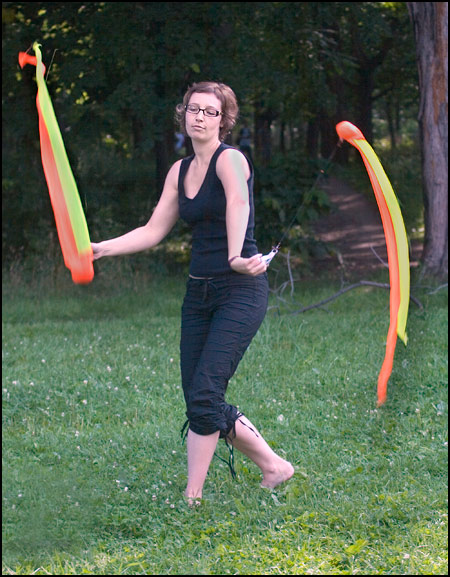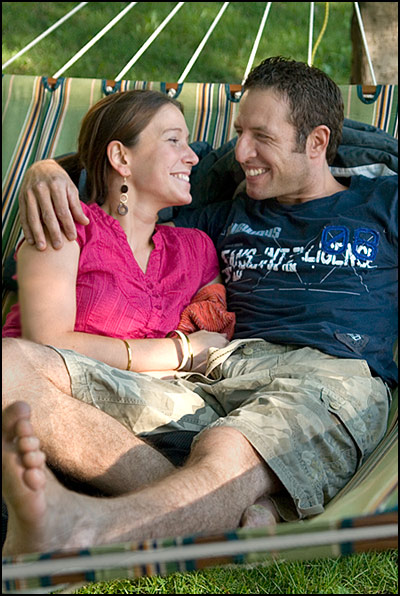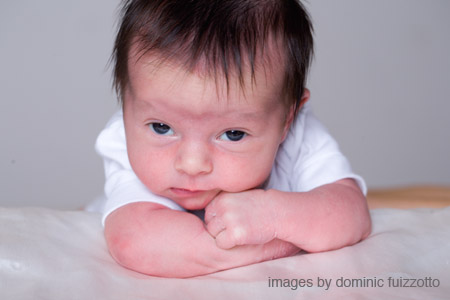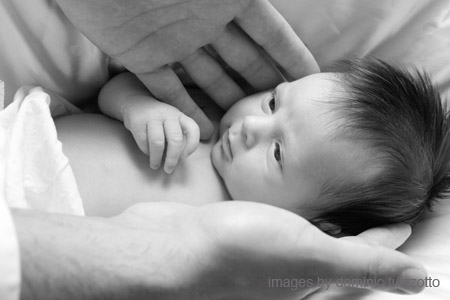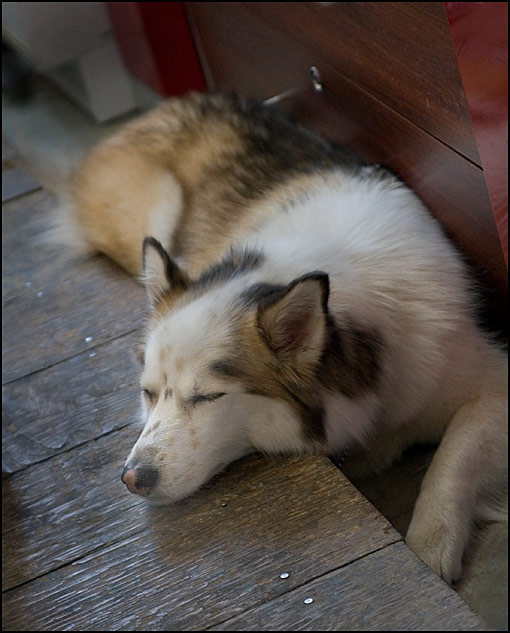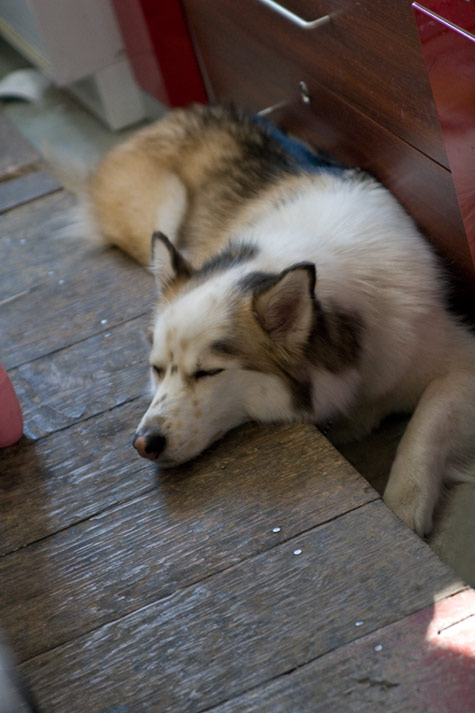Photography podcast #49 discusses dodging and burning your photographs. Dodging means making parts of a photo lighter and burning in makes parts of your photograph darker. Almost ALL photographs require some dodging and burning. The images below by Yisehaq are great examples. Look how much more alive image 2 looks after some dodging and burning.
In terms of the actual techniques used to dodge and burn a photo you can try this one if you have Photoshop. Create a new layer and set your blending mode to soft-light or overlay. Use an opacity of around 4–15%. Use a SOFT paint brush with these settings. To burn (darken) use black as the foreground colour in the palette. To dodge (lighten) use white as the foreground colour.
This podcast was inspired by Yisehaq a member of our photography forum. Feel free to join — it’s fun and free! This podcast was recorded in a park. Please let me know if you found the ambient noises too distracting.
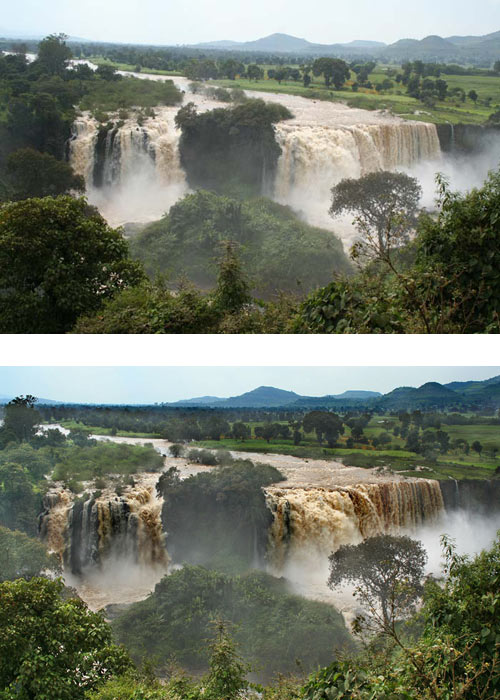
Many thanks to Yisehaq for letting me use the above images of the Blue Nile as a teaching tool!
Post edited August 18 2008 — Adding 2 of my own images to further illustrate the difference between the image after it comes out of the camera versus the dodged and burned result. The result looks much livelier and the main reason is the local dodging and burning. These are of the grand canyon and they are the same images from the podcast on deliberately underexposing your images.
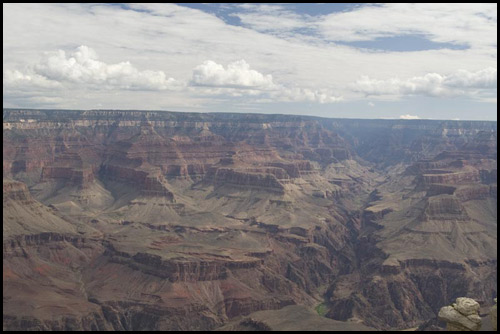
Image 1 of the Grand Canyon (leveling/quick colour balance)
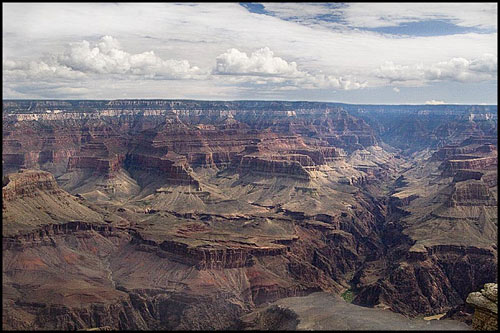
Image 2 — after including quite a bit of dodging and burning and a quick sharpen.
After a while you’ll learn to see the potential tones just waiting to come out.
Links/topics mentioned in this podcast:
Original thread with Yisehaq’s images and comments
Photo assignment forum on Photography.ca
Thanks as always to Benoitc23, Benny and DeStefanoPhotography for recent comments and suggestions. We LOVE comments and suggestions so please send more.
You can download this photography podcast directly by clicking the preceding link or listen to it almost immediately with the embedded player below.
If you are looking at this material on any other site except Photography.ca — Please hop on over to the Photography.ca blog and podcast and get this and other photography info directly from the source. I Subscribe with iTunes I Subscribe via RSS feed I Subscribe with Google Reader I
Podcast: Play in new window | Download
